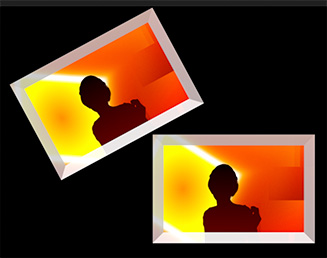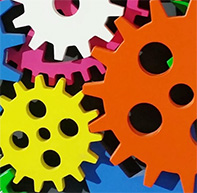Tip #859: What is a Clone Layer?
… for Apple Motion
Tip #859: What is a Clone Layer?
Larry Jordan – LarryJordan.com
Clones inherit filters and masks, but not position or behaviors.


Control-click any element in Motion’s Viewer and you’ll see the option to “Make a Clone Layer.” What is a clone layer?
Normally, when you duplicate a layer (Shortcut: Cmd + D), there is no relationship between the original and the duplicate.
However, with a clone layer (Shortcut: K), changes made to filters and masks in the source layer propagate to the clones. Creating clone layers improves project playback and rendering performance.
NOTE: Behaviors don’t propagate to clone layers unless the behavior affects a filter or mask in the source layer.
You can create a clone layer using the shortcut, or Control-clicking an element in the Layers or Viewer panels, or choose Object > Make Clone Layer.
A clone layer is created and appears in the canvas on top of the original layer. In the Layers list, the clone layer appears with the default name “Clone Layer.” A clone layer icon appears next to the name.
NOTE: With the exception of Frame Blending, you can modify clone layers independently of the source layer.


You gave interesting information about the clone layer but I can’t think of when I’d use one, so I could use an example, especially since you mentioned that clone layers improve playback and rendering performance.
Gil:
This is useful if you are reusing objects and if the real-time performance is slowing down.
The other option, aside from using clones, is to render your project.
Larry